I will begin with GBE witness Kevin Chandler. I got to wondering why the transmission company land acquisition guys are always so contemptible. I feel like I've watched this guy a thousand times, each with a different face. They are completely devoid of empathy for the people whose lives they permanently impact.
Anyhow... Kevin said that when a landowner asks to have the project buried, he must reject that for the reasons already mentioned in Mr. White's testimony. He proceeded to list Invenergy's "reasons" for not burying:
1. Tiger Connector is a double circuit so it needs two trenches as per regulations.
2. There are thermal considerations (i.e. the line gets too hot when buried).
3. It's more disruptive to farmland to dig a trench across it.
Let's tackle these in turn. Double circuit would need two lines if on towers, and those lines can be right next to each other, but not if buried? There's no logic here. I'm not sure Kevin got this right. Thermal considerations are not insurmountable for buried AC lines. There are plenty of buried AC lines that utilize conduits and cooling fluid to keep temperatures in range. It is possible. Digging a trench across farmland? Whoever said GBE should be buried on its preferred route? Burial has always been tied to minor rerouting to utilize existing road/rail rights of way. GBE avoids that question by pretending landowners want to bury it across their farmland. Landowners want it buried on existing rights of way in order to avoid their farmland altogether. And, finally, all these excuses could be avoided if GBE had seriously considered burial on existing ROW years ago, when it was first raised. A line buried on existing highways or rail could have been rerouted to connect in Callaway County without the need for a "Tiger Connector" in the first place. But GBE has refused to ever consider it. Why should the company be rewarded for its obstinate behavior that creates a project more damaging to host landowners than it needs to be? At what point will the PSC take the reins here to protect the public?
There was a whole bunch of confused discussion about GBE's annual payment option for landowners that was never cleared up (although some people seemed to think so). If the landowner "selects" the annual payment option, then he is paid 20% of the agreed price at signing. He may be paid another 10% of the agreed price 3 years later, if construction has not yet started. His annual payments begin when construction starts? ends? Who knows? The annual payment is 5% of the remaining balance. He is paid 5% the first year, and the payment is escalated by 2% for each remaining year as long as the right of way is used. What was never properly laid out is the number used for the 2% escalator. Is it 2% of the balance due to landowner? If so, every landowner should take this deal. Or, is it 2% of the 5% of the balance due to landowner? If so, every landowner should reject this deal. There was a lot of funny math going on by people who probably shouldn't do math in public. Let's try to clear this up.
Agreed price $100,000. 20% initial payment = $80,000 remaining balance. No point in including the 10% at year 3 payment because it may or may not happen. Let's keep that balance at $80,000 when annual payments begin. Five percent of that is $4000. Landowner will receive $4,000 on year one. If the 2% escalator is on the $80,000 balance, then the landowner would receive $5,600 on year 2, climbing to $7,200 the next year, increasing $1600 per year. However if the 2% escalator is based on that 5% $4,000 first year payment it will only be $4080 at year two, $4160 at year three, climbing by $80 per year. Honestly, the second scenario is more likely. However, even when the judge requested to see a GBE landowner form with this proposal set out, it seems like she got everything but (easement, crop, structure payments). I saw no indication that there actually was a landowner handout that properly explains how this annual payment would work. Is it even legal to rope landowners into that scheme without a proper explanation? The PSC needs to make sure that landowners are properly informed of how this annual payment would work before they are offered a deal. Personally, I would like to know why the landowner cannot be paid 100% when they sign the agreement, like any other real estate deal? If the property is taken using eminent domain, GBE would have to pay landowner 100% when its petition was granted. Whoever thought paying a pittance percentage should be allowed in the first place? Why isn't interest added to the subsequent payments, which for some landowners can come a dozen years after they sign an easement agreement?
Chandler was asked repeatedly whether an eminent domain case would contain all the terms in the company-written easement being offered to landowners. The company-written easement includes such things as permission to sell additional uses of the ROW and allowing GBE to pocket the cash for the additional use of your land. The easement agreement also includes a provision that landowner waives setbacks. It also has a provision that requires the landowner to "cooperate" with GBE approvals and permits, including allowing GBE to sign things in the landowner's name. NONE of that would be granted by a court in an eminent domain taking, and GBE would be laughed at for suggesting such things. Why is this so hard for Kevin Chandler? He drank way too much water and deferred to another witness.
When asked why GBE did not attempt to site its project on existing rights of way, Kevin said that it was because there was too much stuff built near the existing lines. I suspect that the true answer is that GBE has no right to use the rights of way of other public utilities for its merchant project. GBE didn't even TRY to find another route for Tiger on existing lines (whether existing lines could be upgraded or expanded instead of taking new right of way for Tiger). Of course, if another utility's lines were used, GBE would lose control of Tiger and someone else would build it and collect the profits. Therefore, landowners were tossed under the bus like so much garbage so that public utility fiefdoms could stay intact.
The subject of land agent harassment came up. Kevin denied it ever happened. But why did he turn so completely red and look away from the bench when he answered? His denial was maybe not the complete truth. Didn't need a psychologist to figure that one out.
There was a question about whether landowners agreed to changes in the agricultural protocols. Landowners have NEVER been consulted about the Ag Protocols in the first place -- they were a deal negotiated in secret by former Gov. Nixon and GBE. Why start now?
GBE said it cannot get the project financed if they don't have all the land they need.
Kevin's excuses for not agreeing to include structure payments for Tiger if lattice structures are used was not believable. He said there was no need because Tiger's monopoles would not change. Is that like how Clean Line's monopoles for GBE were tossed in the trash when Invenergy took over? Landowners on the HVDC portion were promised monopoles for years. Many of them signed easement agreements based on monopoles, however now Invenergy is using exclusively lattice structures. Should all these old easement negotiations be reopened? Anyhow, Kevin said that letting the landowner choose which payment plan he wanted based on what was more beneficial would not work because it would be too "difficult" for GBE (and maybe marginally more expensive?). Kevin said it would be too "difficult" for GBE to process different agreements for different landowners. For crying out loud, how incompetent are you that all agreements must be the same or you can't handle doing them? Kevin also said that landowners would have a hard time making a choice because they wouldn't know how many and what kind of structures there would be when easements are signed. If you have no idea what you are building, Kevin, why are you asking landowners to sign agreements?
Next witness (and I hear you all groaning in relief, like I did) was Dr. Loomis, the guy with the computer generated study of all the economic development and jobs that he purports will happen if GBE is built. I will keep this short, because I'm not sure anyone believes this computer-generated nonsense. Although Dr. Loomis's report calculated "benefits" it did not include any financial detriments, such as lost farmland, lost jobs, reduced local power production. It's all sunshine and roses in Dr. Loomis's computer. Basically, I think his study is a "garbage in/garbage out" situation and nothing he said made me change my mind. It was interesting that the Commission thought his report was crap in its 2015 decision denying GBE, but not crap in its 2019 decision approving GBE. Just goes to support my longstanding theory that regulatory bodies do not consider the evidence and then make a decision based upon it, but that they make a decision in advance that is not evidentiary based, and then use the evidentiary record to fill in the blanks to create reasoning for the decision. Any piece of evidence can be considered or not, depending on the decision that has already made. Keep that in mind as we move forward here.
Perhaps the bright spot of this hearing was the MO PSC Staff witnesses. They were credible, down to earth, plain speaking witnesses who apparently have never thought GBE was a good idea for Missouri. Most of their testimony was short and their appearances on the stand brief. GBE knew better than to poke a stick into the lion's cage. The Commission would do well to listen to them. After all, that's what they are paid to do... the technical stuff, the brain power, the experience that guides the appointed Commissioners to make a reasoned decision in the best interest of Missouri.
And then there was Michael Stahlman, the lead Staff witness (who had been sitting with Staff counsel through most of the hearing). Stahlman told the actual truth, even when it was not what someone wanted to hear. Stahlman testified that GBE's "bi-directional" capability should not be depended upon as a reason for approval. He said that using this capability was dependent upon GBE getting withdrawal agreements from the RTOs. My take is that in order to actually deliver power from elsewhere in an emergency, GBE would need permission to withdraw that power from elsewhere. GBE can't just be a power vacuum, sucking up what it wants and blacking out certain regions that are left with reduced supply. Stahlman said that Staff opposes the "phasing" of the project into two independent parts. He said there was no justification for making this change. I think he's right because GBE will be stuck waiting for its U.S. Government loan approval until probably 2025 or so. By that time, it should be almost ready to go in Illinois, right? Certainly ready enough to begin construction on the western end. Why must GBE have this "phasing" approved? It purports to have all the permits it needs to get started, except Missouri. The explanations are not logical. Could it be because it doesn't have enough customers to complete the whole project? Staff believes the project needs both "phases" for optimal operation and financial success. I think Staff is spot on.
Couple other tidbits from my notes of this excellent witness (that I spent more time listening to than taking notes apparently because my notes are incomplete) Grain Belt Express never submitted evidence proving that the Commission's finding in its last order that power prices are $10 higher in PJM is no longer true. We are stuck with that finding and must start there for this "amendment." With no evidence that the financial success of the project is NOT dependent on selling capacity to PJM, there is no evidence that the project would still be financially viable without the PJM connection proposed for phase 2. GBE completely failed to produce any evidence to change that finding. Some times the most expensive attorneys are not "all that and a bag of chips." Sometimes they make huge blunders because they don't concentrate on the right things.
There is only ONE contract for GBE, in Missouri or elsewhere. Based on GBE's worksheet submitted as evidence, other customers are expected to be charged a price that is 10 times higher than the one negotiated with Missouri Electric Commission. No wonder it doesn't have any other customers.
The success of the project should be based on actual future revenue, not simply projected revenue based on MOU's that are not actual contracts.
Stahlman said that the 74% capacity factor for Kansas wind and solar in GBE's study is not realistic.
There are too many assumptions being made because the Commission is being asked to take GBE at their word of what may happen in the future.
Stahlman said most of GBE's studies are studies of social costs and benefits, instead of the economic feasibility studies the Commission needs to approve the project. I got the impression that there was a lot of useless fluff in GBE's testimony, perhaps designed to hide the facts.
Stahlman said there is no evidence the project is economically feasible if built in phases. If GBE's change is not approved in this proceeding, it still has permission to build its project as originally proposed, so it's not like the Commission would be denying it. However, the same economic feasibility questions arose in the last case and the Commission approved it anyhow.
There was some discussion about whether lower power prices assumed by GBE would help ALL Missouri ratepayers. No matter how much Stahlman tried to explain this, nobody seemed to get it. Two ways utilities can meet load in Missouri - either produce their own power or buy it from the market. When they buy it from the market, lower prices there mean lower prices for consumers. But for utilities that still produce their own power, lower prices in the market mean higher prices for their customers. This is because a company that owns its own generation usually sells a portion of what's produced and not needed into the market. The proceeds for the sale of the extra electricity generated and sold offset the costs for the customers, producing a lower cost because they got dividends from power sales. Lower market prices mean the dividends they get from power sales are smaller. That makes their rates higher. Why was that so hard for everyone to understand?
Stahlman took every opportunity to bring up the GBE FERC complaint that GBE wanted to bury. Eventually, the judge decided that the FERC complaint was not relevant and refused to take official notice of it for this case. The Staff counsel said something like denying the Commission the information in the FERC complaint deprives them of knowledge crucial to the case. This is perhaps the most important statement uttered during this whole proceeding. Why shouldn't the Commission listen to testimony explaining that case? Is it because they are too lazy to take in more information? Do they operate in a silo? I don't think so since one of the Commissioners asked Stahlman whether he thought Invenergy would go to FERC to get what it wants if the MO PSC denied the application.
Basic understanding of the FERC complaint is important to Missouri's future, both with and without GBE. It's important for Missouri ratepayers who will never take service from or pay for GBE. Here's the FERC complaint, in a nutshell. GBE wants MISO to reopen its Long Range Transmission Plan approved and ordered last year in order to include a completed GBE in its base case. The base case is the presumed future transmission system that MISO uses as a starting point for its planning. Including GBE in the base case does NOT include it in MISO's transmission plan, but could lower the amount of new transmission needed. MISO did not include GBE in its base case because GBE had not yet signed an interconnection agreement and therefore the project was not certain enough to be included. GBE says that if MISO re-opens Tranche 1 and adds GBE to the base case, then several new transmission projects approved and ordered by MISO will no longer be necessary. GBE says that its project will fill the need that those projects are meant to fill. In other, simpler words, GBE is worried that MISO's planned projects will compete with GBE and could be a reason why GBE can't find customers or sell at the price it needs to make its project economically feasible. GBE wants its project included in MISO's plan to eliminate any competition from generation in Iowa shipped to Missouri on new MISO Tranche 1 lines. How many times did GBE witnesses talk about congestion on MISO's lines making generation from Iowa more expensive than GBE? If GBE is so worried about competition from new MISO transmission lines that it would file a complaint against MISO at FERC, then it must believe that MISO's projects would make GBE uneconomic for customers. If GBE was cheaper for Missourians than buying wind from Iowa, GBE would not care if MISO build some new projects that couldn't compete. It is only if GBE knows that its project cannot compete with MISO's projects price-wise that trying to stop MISO's projects is necessary. If GBE wins at FERC, Missouri ratepayers may be tied into using GBE at the price it sets, instead of buying renewable generation from Iowa at lower prices. This is why the FERC complaint is relevant.
The next witness from Clean Grid Alliance seemed to agree that generation in Iowa is "more expensive" because of congestion in MISO's transmission system. Kind of supports what I just said above, right? If MISO removes that congestion by building new lines in its Tranche 1, then suddenly Iowa wind can compete with Kansas wind to bring cheaper power to Missouri. Then the CGA witness tried to pretend that there is such a need for renewable generation in Missouri that BOTH GBE and Tranche 1 are needed. If that's true, what's the point of the FERC complaint? Thanks for making my points for me, Goggin. Then he tried to say that all transmission projects built exceed their benefit estimates, so we should just build them all. Not really a useful witness for GBE at all. Bravo!
But even worse than that was Sierra Club's witness. For all his "experience" in transmission, he seemed to know a lot less than I do. Has he been hiding under a rock for the past decade? Most of his testimony was based on a DRAFT U.S. DOE transmission needs study that received much criticism when it was released (See Appendix A-2, Comment Matrix). He said that because DOE found a "need" for transmission that GBE needs to be built. DOE is not a transmission planner and the purpose of the study is not to plan and permit transmission. The DOE study cost/benefit ratios are not applicable to GBE because it is a merchant project without a cost/benefit ratio. You can't just apply a number to all projects because of one generalized study. The witness did not acknowledge GBE as a merchant project and may not even understand what a merchant project is. Nobody asked him. The witness thinks we need lots of new transmission as "insurance" against blackouts. At a cost somewhere in the trillions, that's a pretty expensive insurance policy. There are much cheaper solutions. This witness has not done any real analysis of GBE or the economic feasibility of GBE's phasing proposal. We might as well just stop talking about this witness because he was just full of irrelevant opinions and I'm about to fall asleep myself just thinking about him.
Next up was pro se intervenor Pat Stemme. One of the Commissioners asked her if her pre-filed testimony was different than the spoken testimony she gave at one of the public hearings. He had not even bothered to read her testimony before the evidentiary hearing to find out it was different! How much testimony did this (or other Commissioners) actually read? How much of the extensive record did the new Commissioner read before taking her seat on the bench?
And I would be remiss if I didn't comment on the Renew Missouri witness, James Owen, since he gives me the impression of being very, very, very, very, ultimately important. So important that he was allowed to sit in the witness chair with a big attitude. He tried to say something about the FERC complaint, but it was laughable because it was so wrong. I don't think he actually knows anything about it. I wonder if he's read any of the documents? Commissioner questions were so beneath him that he actually tossed his head and rolled his eyes when informed that the Commissioners DID have questions. Really? This guy was way too dramatic and did not show any common courtesy to the Commission. My mama always said that you catch more flies with honey than you do with vinegar. And apparently Owen's taste in movies sucks.
Initial briefs are due June 30. That's next week! Reply briefs are due July 14. These attorneys have their work cut out for them. Best of luck, fellas!
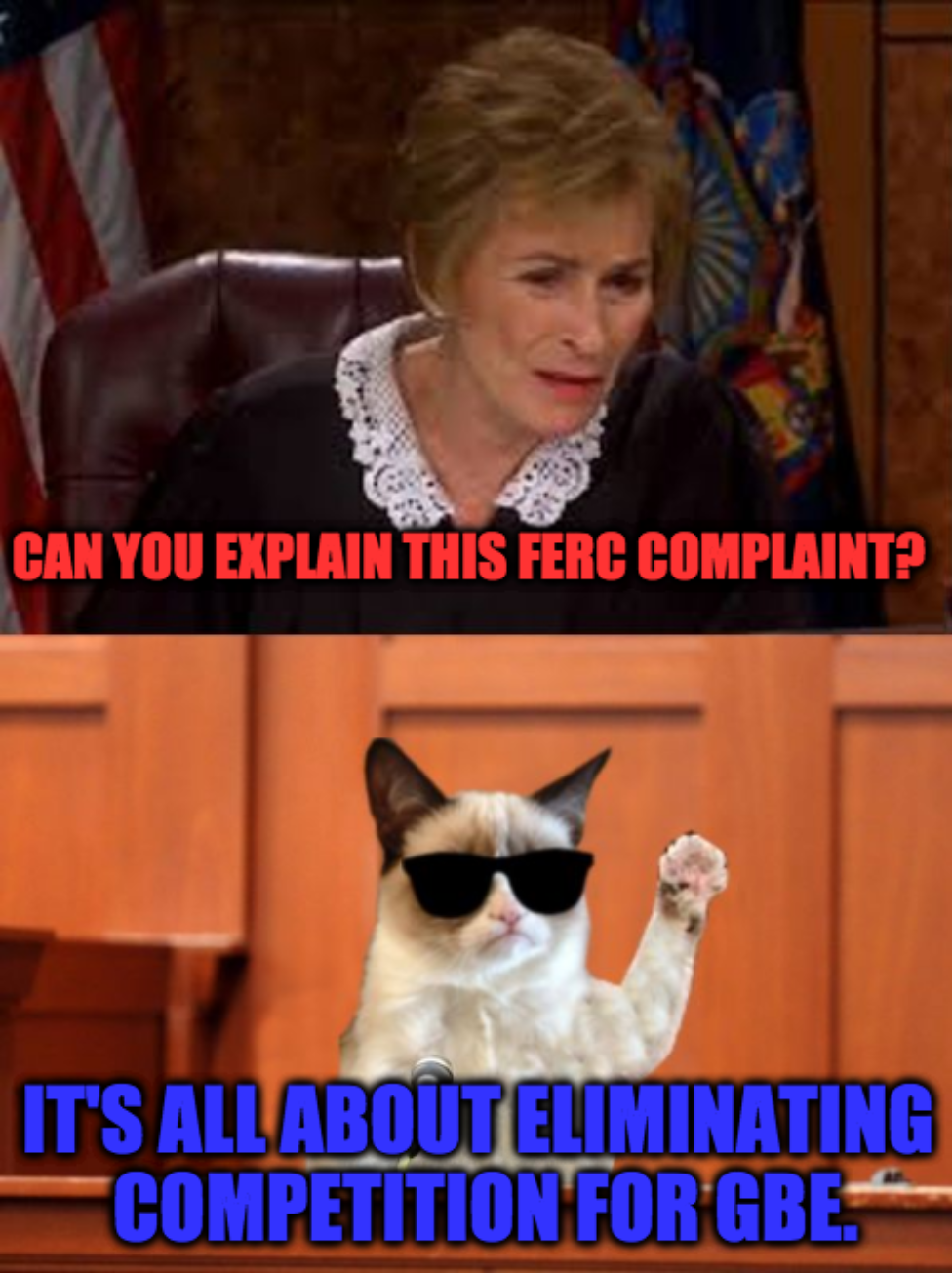


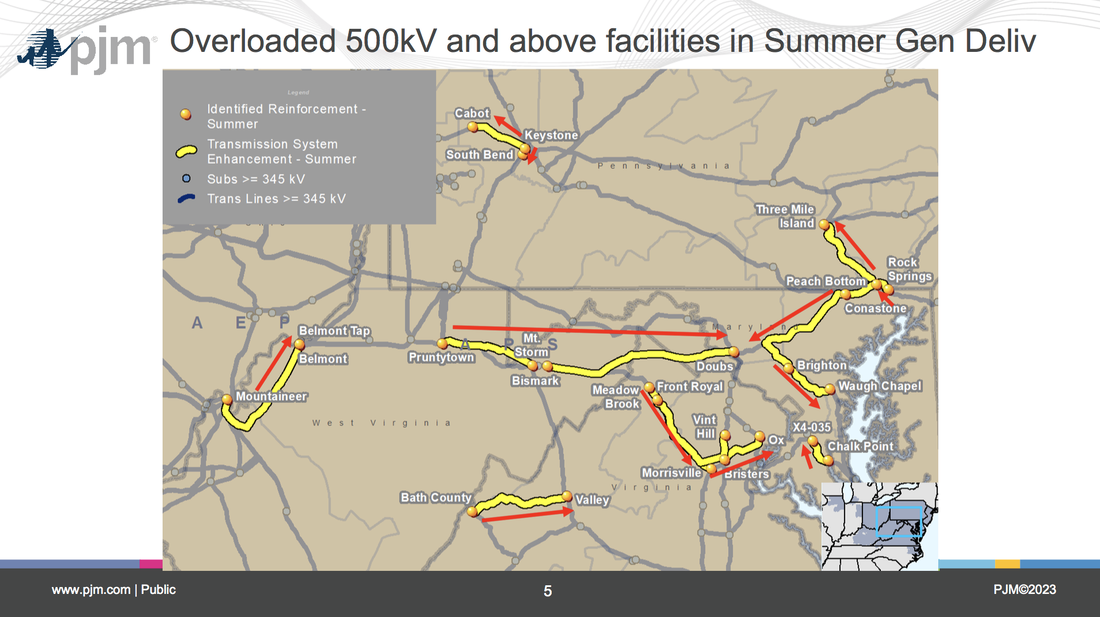
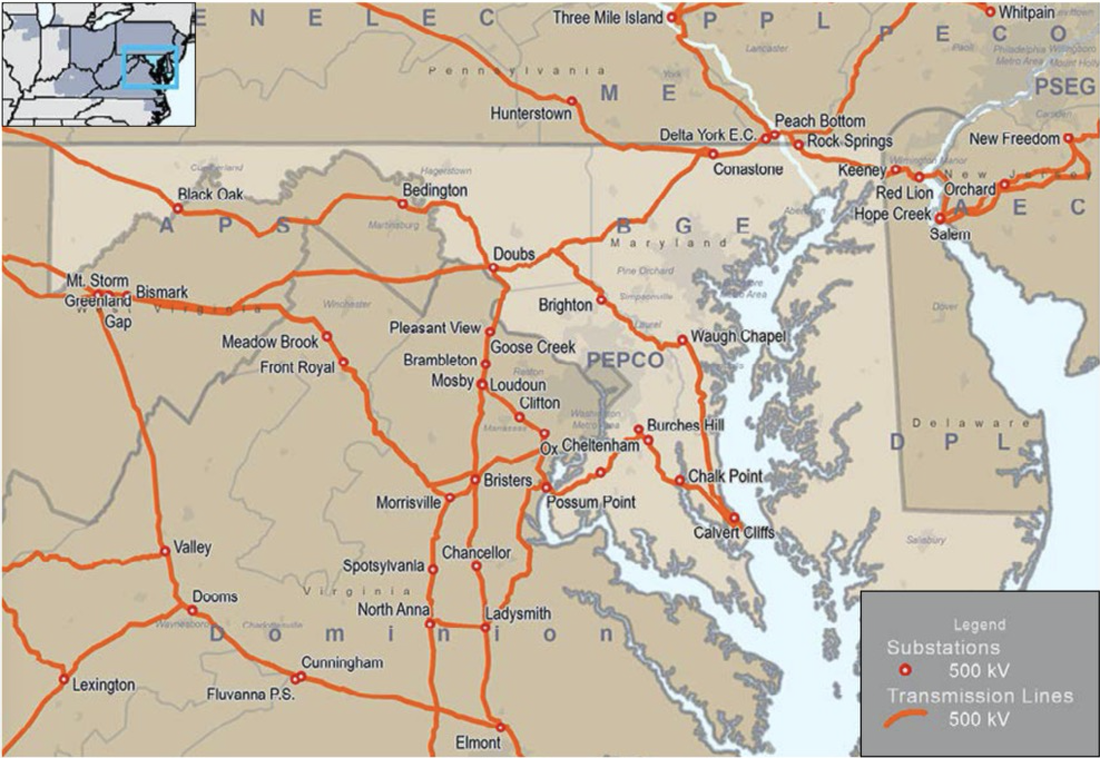
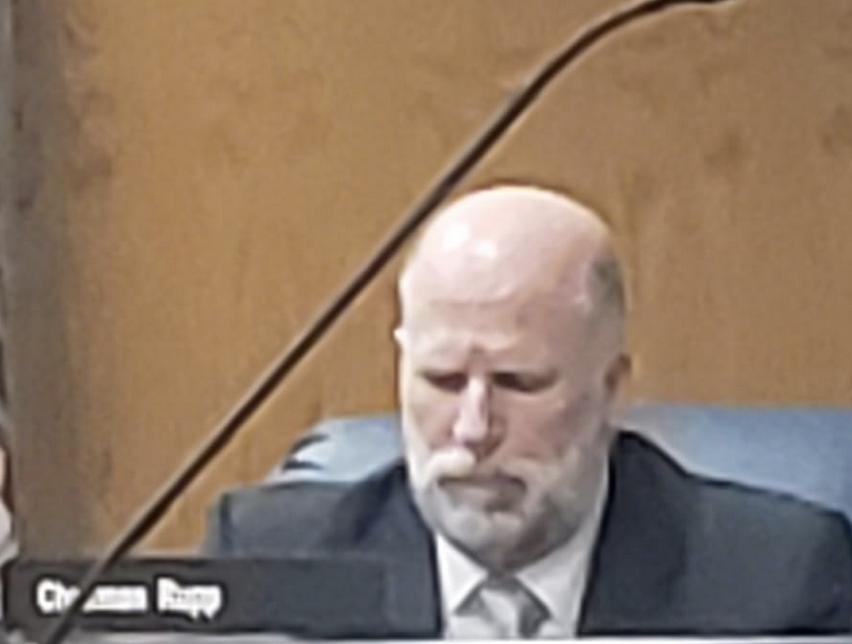
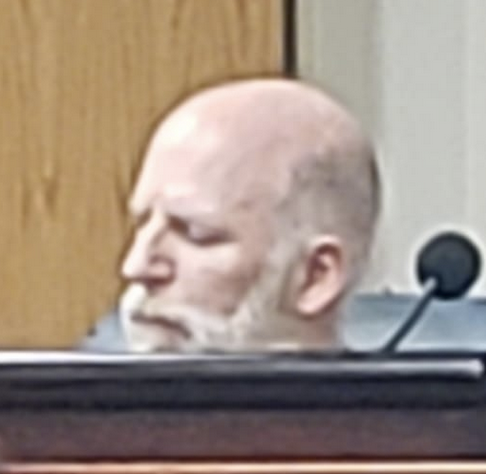
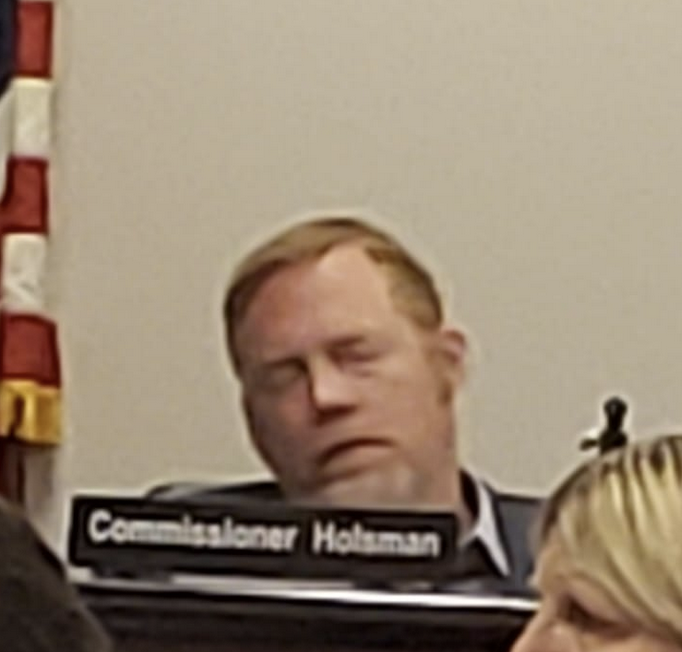
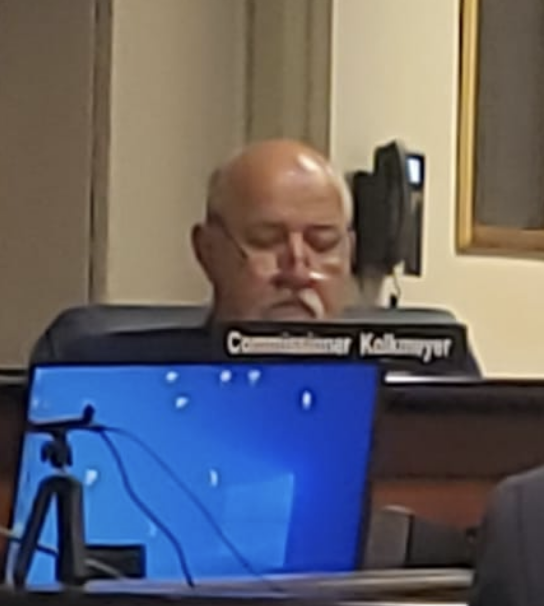

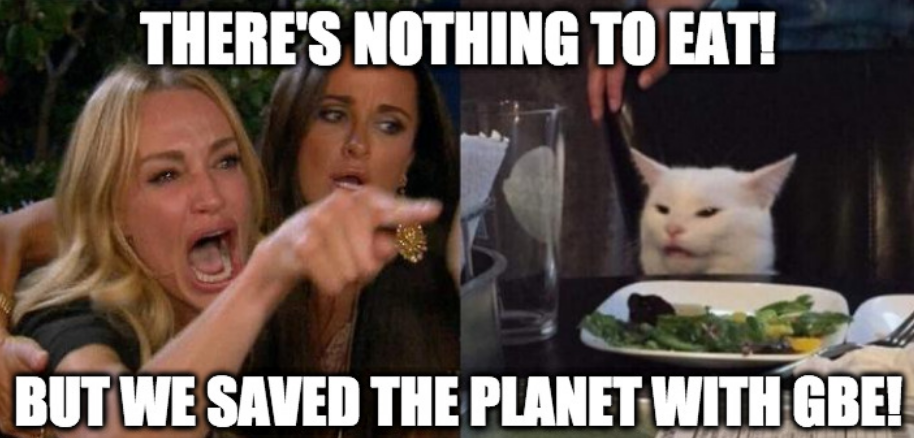

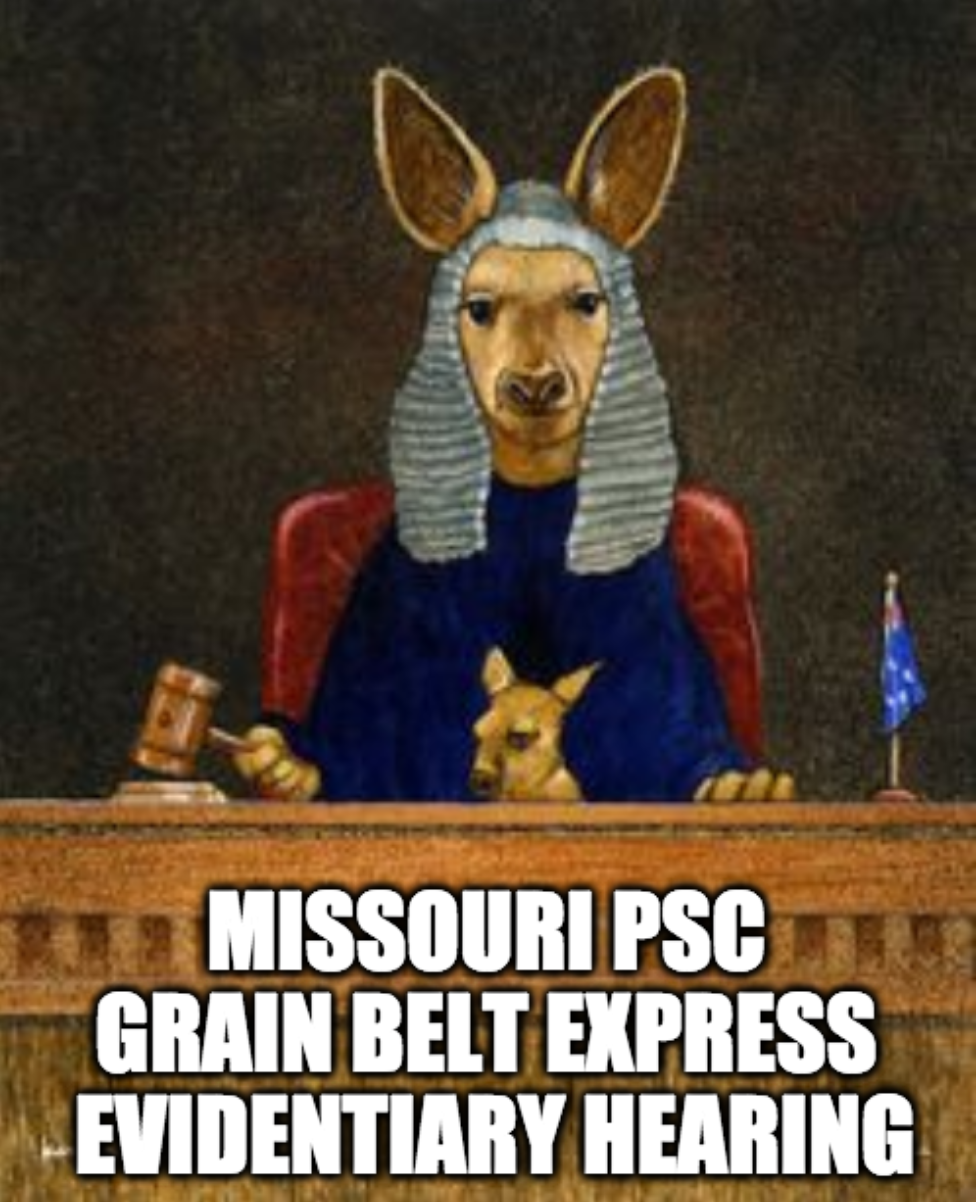
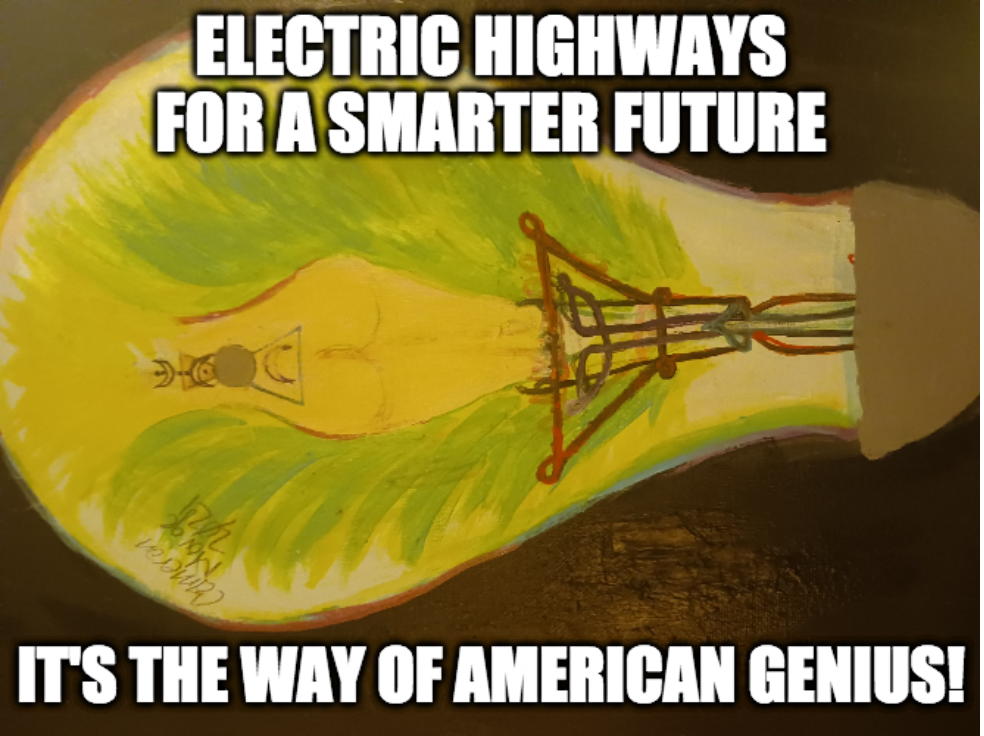
 RSS Feed
RSS Feed